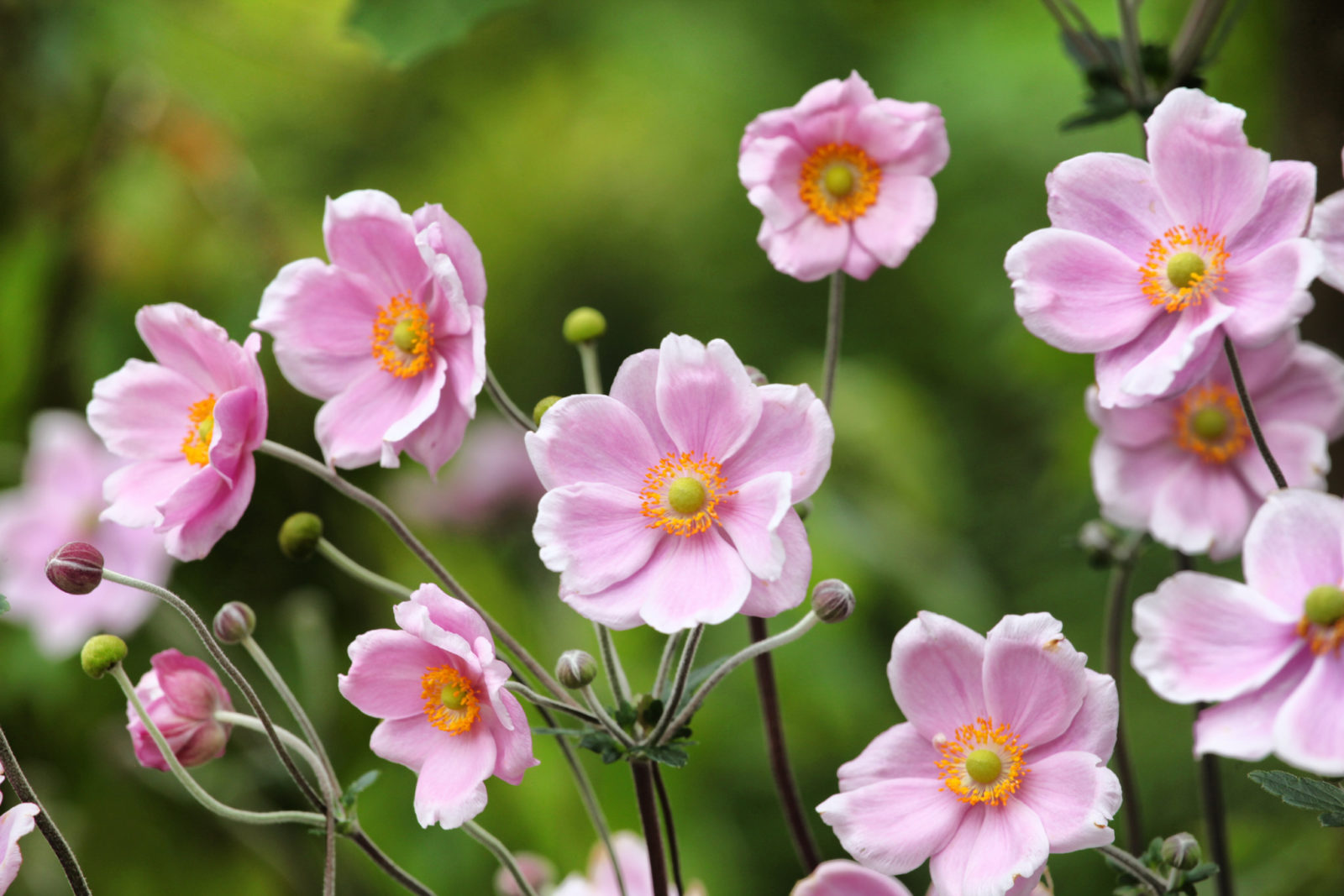BULBS > ANEMONE

Elizabeth is a Permaculture Garden Designer, Sustainability Consultant and Professional Writer, working as an advocate for positive change. She graduated from the University of St. Andrews with an MA in English and Philosophy and obtained a Diploma in Applied Permaculture Design from the Permaculture Association.
Reviewed By COLIN SKELLY

Colin is a Horticulturist and Horticultural Consultant with experience in a range of practical and managerial roles across heritage, commercial and public horticulture. He holds the Royal Horticultural Society’s Master of Horticulture award and has a particular interest in horticultural ecology and naturalistic planting for habitat and climate resilience.
IN THIS GUIDE
ANEMONE GUIDES
Anemones can be a great choice for many locations, but choosing the right variety and caring for it correctly is important.
In this guide, we aim to make your job a little easier.
These are perennial plants which can grace your garden over a number of years, with flowers coming in a range of different hues.
Overview
| Botanical Name | Anemone |
| Common Name(s) | Windflower, Japanese Anemone |
| Plant Type | Perennial bulb |
| Native Area | Temperate and subtropical regions |
| Hardiness Rating | Varies |
| Foliage | Deciduous |
| Flowers | Varies |
Sunlight
Preferred
Full Sun or Partial Shade
Exposure
Sheltered
Size
Height
0.5 – 1.5M
Spread
0.1 – 1M
Bloom Time
Varies
Soil
Preferred
Loam
Moisture
Moist but well-drained
pH
Any
Anemones belong to a diverse genus in the buttercup or Ranunculaceae plant family.1Ranunculaceae Juss. (n.d.). Kew Royal Botanic Gardens. Retrieved March 9, 2023, from https://powo.science.kew.org/taxon/urn:lsid:ipni.org:names:30000277-2
Usually, cultivated Anemones are in bluish-violet, white, pink or red, or gradations between these colours, though there is also a yellow species.
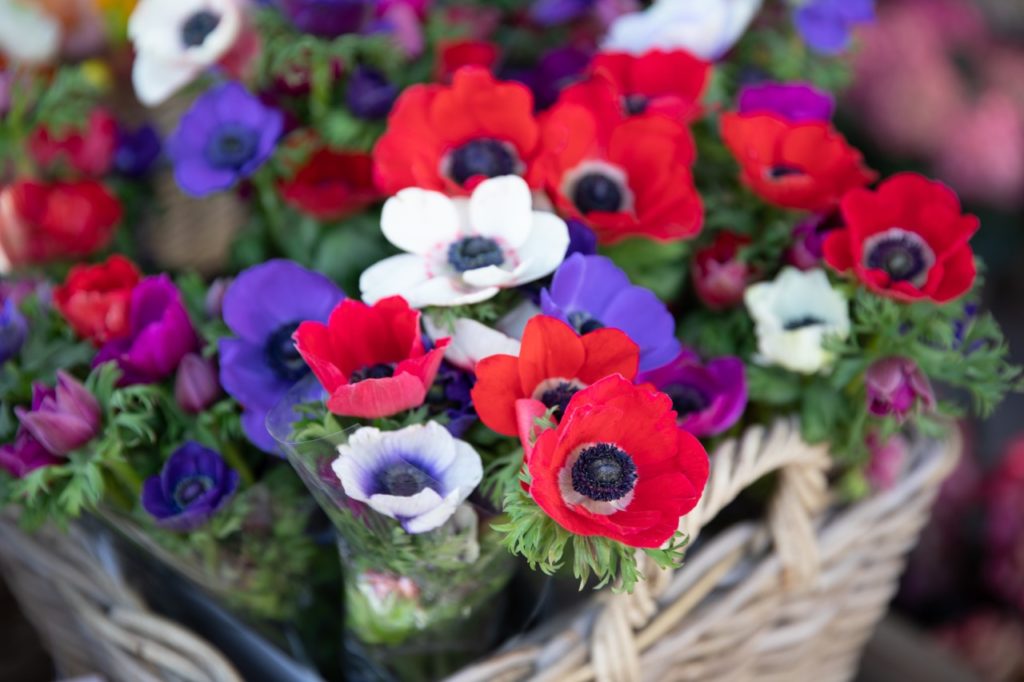
Typically, horticultural experts divide Anemones into 3 main groups:
- Spring flowering woodland and meadow species, which are often grown from tubers or rhizomes that are sometimes referred to as ‘bulbs’.
- More tender spring and summer-flowering specialist species with tuberous roots.
- Species which flower in summer and autumn, most of which have fibrous roots.
Popular Varieties
Spring flowering species that are popular in UK gardens include:
A. nemorosa

Our native woodland Anemone.
A. coronaria

Bold and colourful flowers.
A. blanda

Varied daisy-like flowers and many beautiful cultivars.
A. apennina

With narrow, violet petals.
A. ranunculoides

A European native with yellow flowers.
Some summer and autumn flowering Japanese Anemones include:
A. hupehensis

A. x hybrida

There are also specialist Anemones which are not as easily grown, though these are popular with more experienced gardeners who are able to provide them with the more specific conditions that they require.
How To Grow Anemones
Spring flowering woodland Anemones typically thrive, of course, in dappled woodland shade, though there are types which can cope with full sun in certain situations.
They are an excellent choice for a woodland garden.
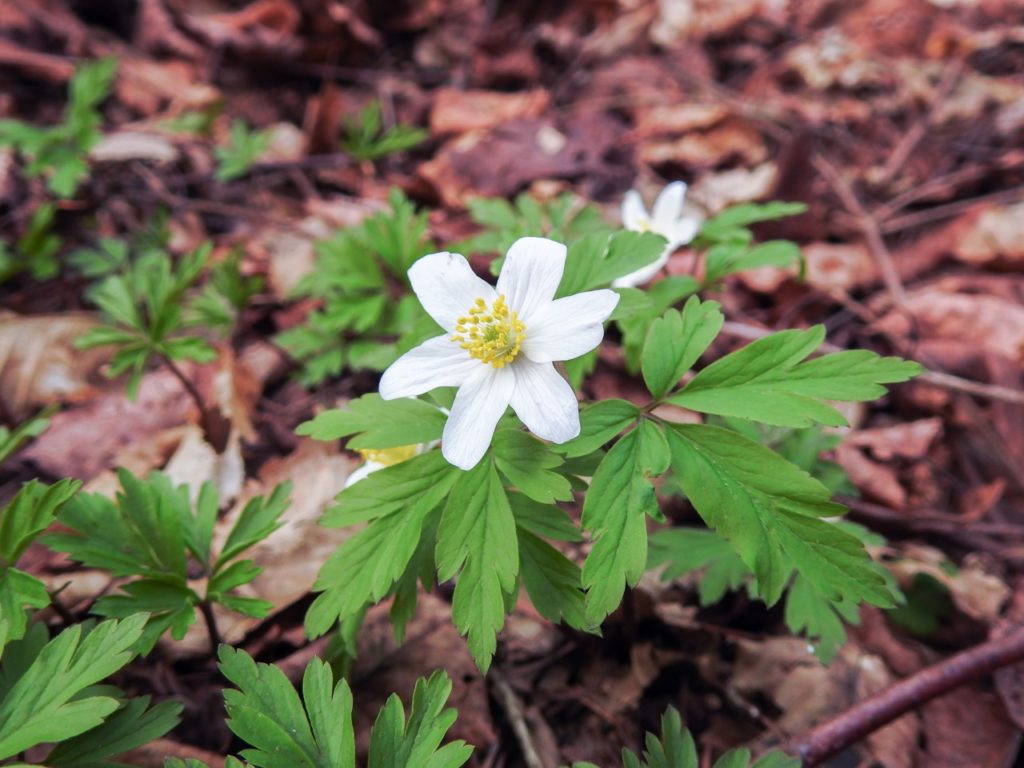
Mediterranean and alpine types prefer full sun and often require a warmer and more sheltered spot with more free-draining soil.
They can work well in sunny, free-draining borders, or in rock gardens.
These can often also be grown in containers, which can be beneficial in providing the right conditions for more tender types.
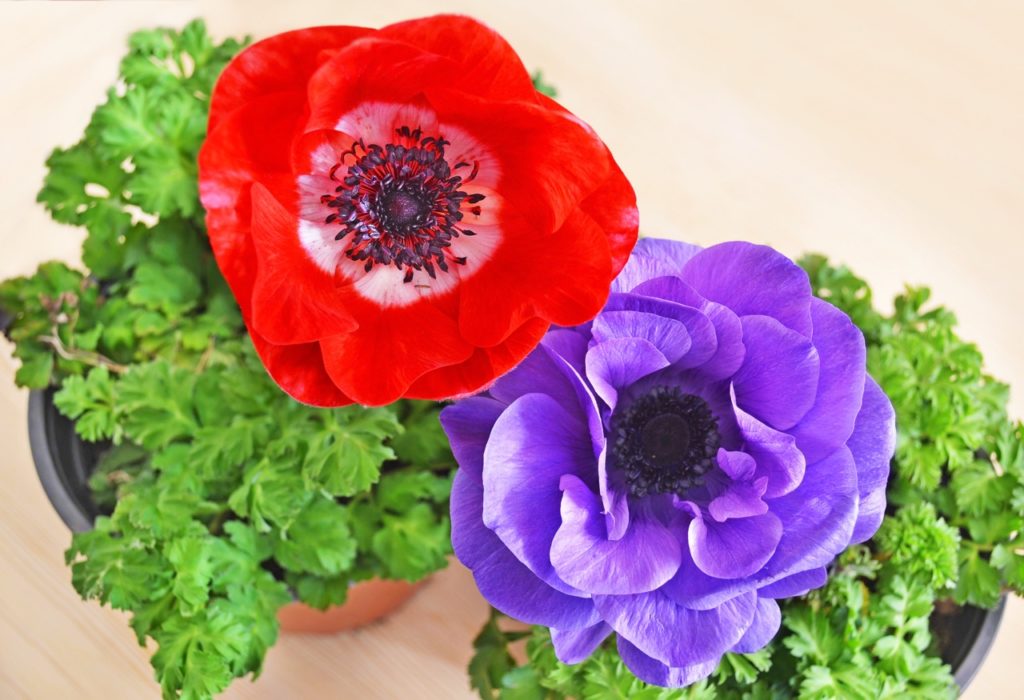
Japanese Anemones are generally easy to grow and can thrive in many situations, including in shady spots.
They typically thrive in partial shade but can also work well in full sun as long as the soil or growing medium does not dry out.
They can spread to form large clumps once established and are considered ideal for the middle or back of perennial borders, but there are also smaller options which can work well for smaller spaces or even containers.
These plants are also considered to be a great choice for wildlife-friendly gardens, as they attract a range of pollinators to their late summer and early autumn flowers.
Planting
The dormant rhizomes or tubers of woodland Anemones are typically planted in autumn to flower the following spring.
Tubers of Mediterranean Anemones are typically planted in early spring indoors to force earlier blooms to display or outside in spring.

Container-grown Anemones are usually planted out just as they are coming into flower.
Japanese Anemones are best planted in the spring or the autumn, though they can be purchased and planted at other times too as long as they are watered during establishment.
Anemone Plant Care
Caring for Anemones begins with choosing the right Anemones for your situation and your growing environment, and ongoing care will also differ depending on which types you have chosen to grow.
Soil Requirements
Woodland Anemones need rich and relatively moisture-retentive soil that has plenty of organic matter, though they can cope with drier conditions beneath trees as they go dormant over the summer.
Mediterranean and alpine types need a free-draining sandy soil or growing medium and absolutely cannot tolerate waterlogging, as they dislike damp conditions.

Japanese Anemones are vigorous growers and will thrive if provided with a rich and fertile growing medium or soil.
The growing area should have plenty of organic matter.
They like soil that can remain moist, but also cannot tolerate waterlogging.
Watering
Newly planted spring-flowering Anemones must be watered regularly until established, though care should obviously be taken, especially with Mediterranean or Alpine types, to avoid overwatering.
A number of spring-flowering types require a dry spell in summer when dormant.

Japanese Anemones will need to be watered well at least during the first summer.
Once established, however, they should require additional watering only during prolonged dry spells or when grown in containers.
Fertilising
All Anemones should be mulched with a layer of organic matter each spring to provide slow-release fertility, suppress weeds and aid in moisture retention in the soil.

However, when grown in suitable soil with plenty of organic matter, they should not need any additional feeding.
Staking
Even though the stalks of Japanese Anemones grow rather tall, these flower stems are sturdy so staking will not typically be required.
Pruning & Deadheading
No pruning or deadheading is required for spring flowering types, but you can, if you wish, remove faded flowers and foliage to keep the plants looking their best.
Deadhead Japanese Anemones to encourage further blooms over a longer period, but desist before the end of the season.

It is best to leave the faded growth in place in autumn rather than cutting this back, as this provides shelter for wildlife over the winter.
Instead, leave Japanese Anemones alone until early spring, then simply cut off old flower stems and dead foliage at the base of the plant before new growth starts.
Propagating
Some woodland Anemones will self-seed readily, propagating themselves without your assistance when happy in the environment.
Woodland Anemones with fibrous roots can also be propagated by division when dormant or as the leaves die down.
Many spring-flowering types can also be propagated by collecting seeds and sowing these straight after collection in a moist yet free-draining seed-starting medium.
The offspring of cultivars may differ from the parents, which can provide interesting results.
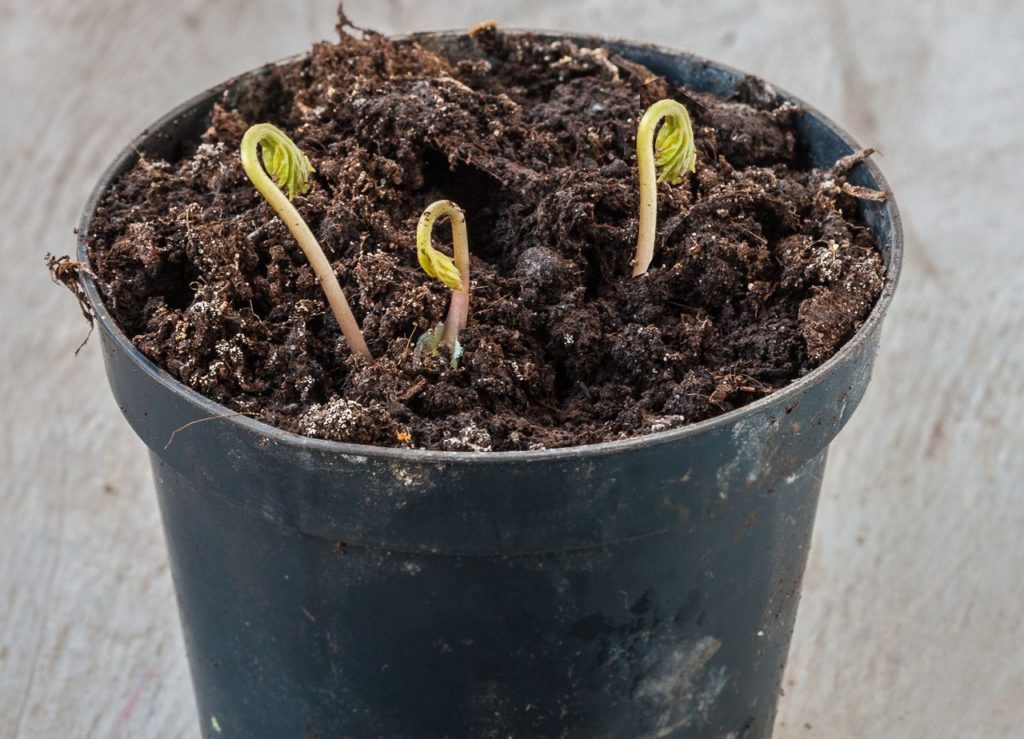
Most spring-flowering Anemones can also be propagated by means of rhizome or tuber division, while dormant, and these plants will be clones of the parent plant.
Propagate Japanese Anemones by dividing established clumps in the spring.
This creates clones of the parent plant, though it should be noted that plants can be slow to recover, and may take a year before they flower again.
Root cuttings can also be taken in the autumn months, without digging up the clump.
These should establish and flower within a couple of years.
Lifting & Transplanting
Some more tender Anemones can be lifted over the winter months and taken indoors or under cover.
Generally, however, lifting and transplanting should be kept to a minimum, and certainly avoided during hot dry periods when the risk of transplant shock is greatest.
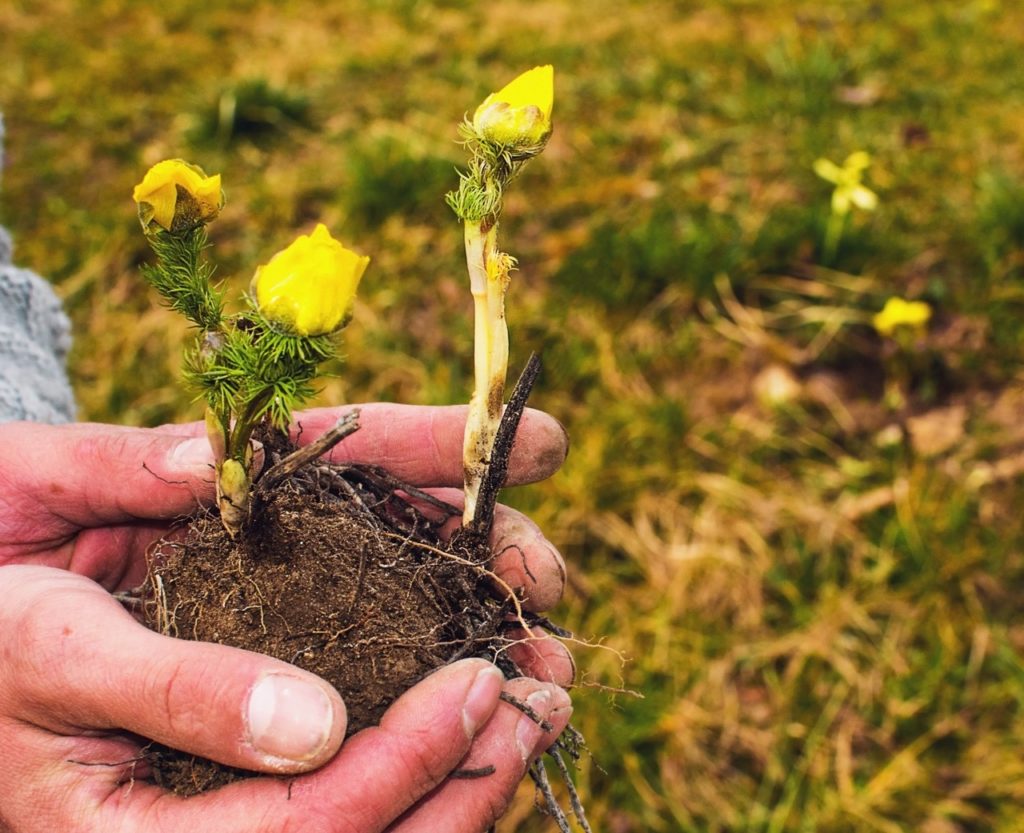
Japanese Anemones should be disturbed as little as possible.
Lifting and transplanting mature clumps can often cause a lack of flowering or growth.
Overwintering
Note that some Anemones may not be fully hardy in colder regions over the winter.
A thick layer of organic mulch can be laid around the plants to protect them for the coldest months.
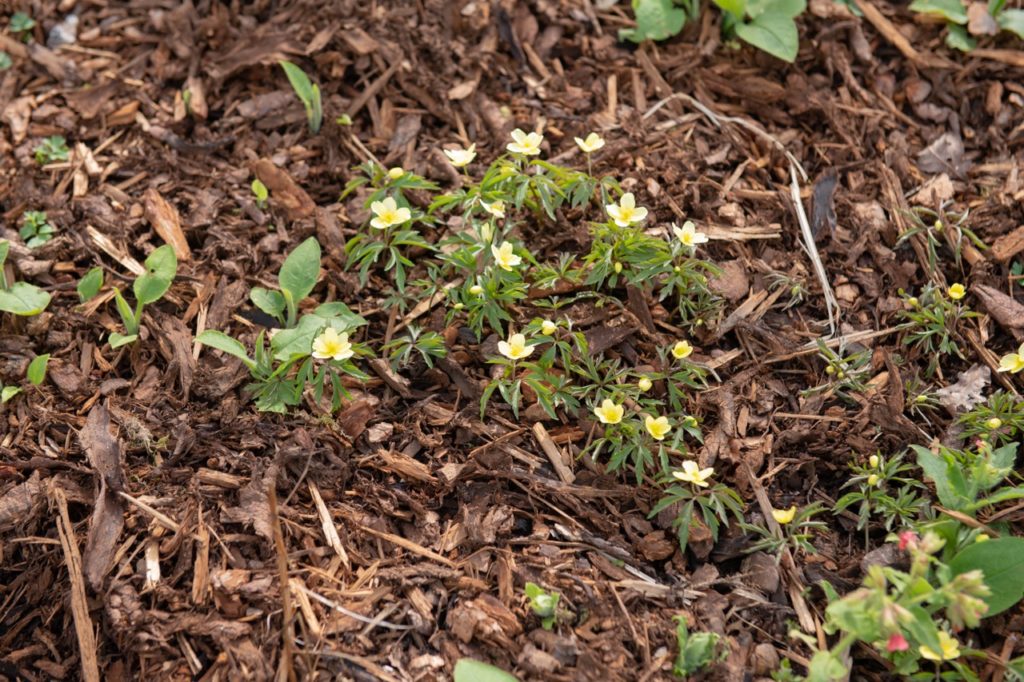
Container-grown specimens can also be brought indoors over winter to protect them from frost and from excessive winter wet.
Japanese Anemones will die back over winter but dead foliage and spent flower heads can stand in place as a shelter for wildlife and will burst into new growth in the spring.
Common Problems
Spring-flowering Anemones are usually healthy and trouble-free when you provide them with suitable growing conditions.
However, some can be vulnerable to diseases like Anemone smut, powdery mildew and leaf spot.2Seawright, J. (n.d.). Anemone Smut. dorsetnature.co.uk. Retrieved March 9, 2023, from https://www.dorsetnature.co.uk/pages-gall/g-341.html
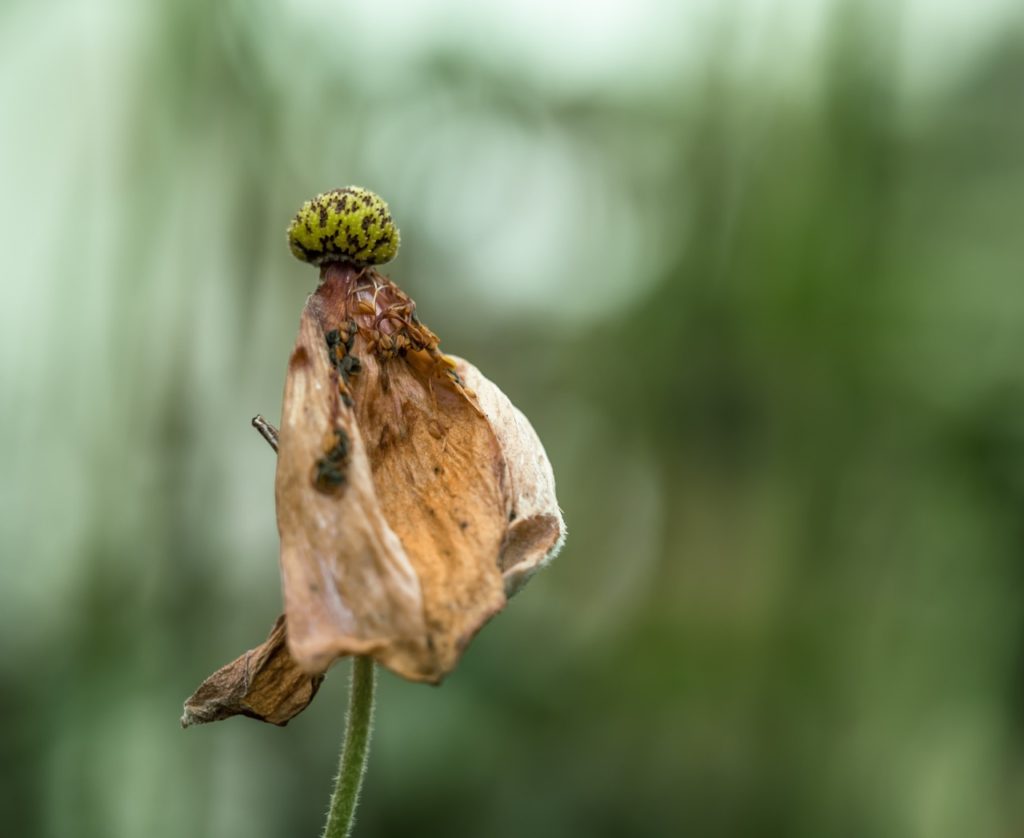
Japanese Anemones are also generally hassle-free and are even resistant to common pests like slugs, snails and rabbits.
However, they can experience certain issues, such as powdery mildew, leaf browning or yellowing, which can commonly occur in dry conditions.
Powdery Mildew
Powdery mildew is a fungal infection which can be quite common where Anemones become too dry.
Water well and mulch to ensure moist soil and reduce overcrowding to make this issue less likely to occur.
Where it does, remove and destroy affected plant material as soon as possible.
Plum Rust
One interesting thing to note is that Anemones may not be the best choice for planting below a plum tree, because they can host plum rust, a disease which can spread from one to the other.
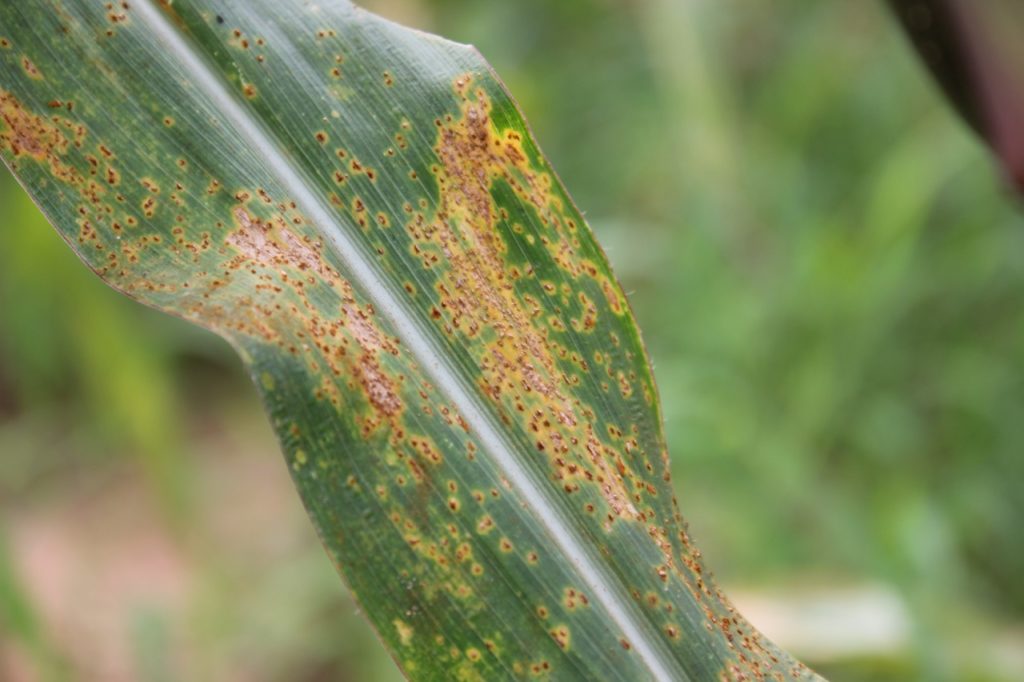
This causes small yellow spots to appear on the tops of leaves and brown powdery patches to appear underneath.
Slugs & Caterpillars
Slugs, snails and caterpillars can also sometimes be issues, especially on tender young spring-flowering types.
As mentioned above, Japanese Anemones are pretty resistant against slugs.
Leaf and bud eelworms can also sometimes cause minor damage.
FAQ’s
Why Are My Anemones Not Growing?
Anemones may not be growing for a range of reasons.
Check that you have met all environmental conditions for the type you are trying to grow before looking for other issues, such as nutrient deficiencies, diseases or pests.
Do Anemones Spread In The Garden?
As mentioned above, some woodland Anemones can self-seed readily in the right environment.
Japanese Anemones do spread and can do so very vigorously, so this is something to bear in mind when choosing where to place them.
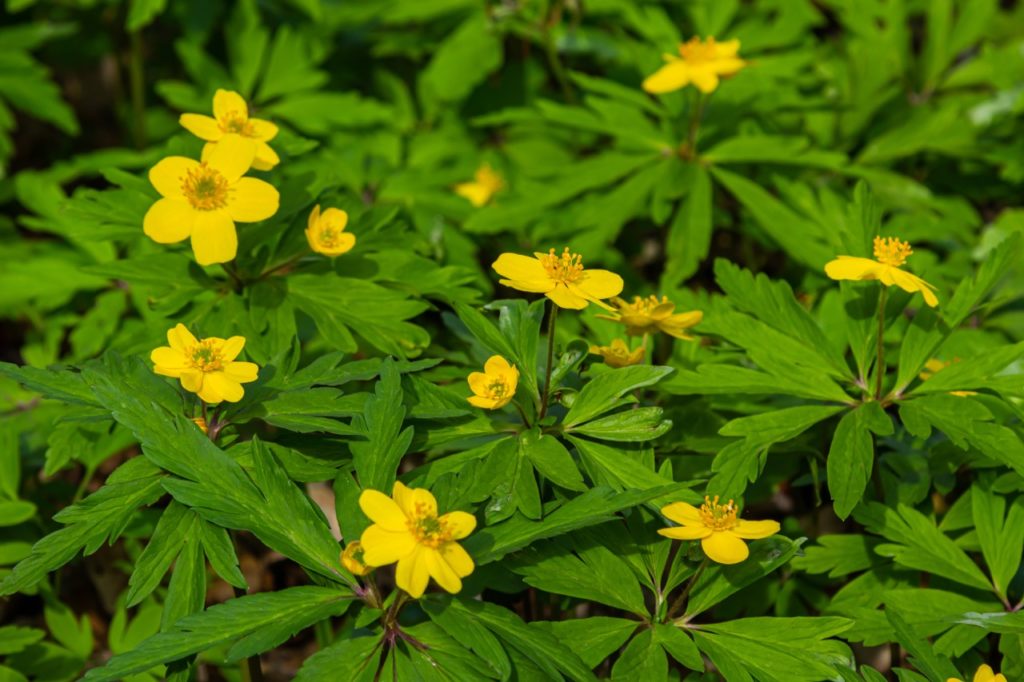
Spreading can sometimes be very beneficial but can be a problem where space is limited, and once established, Anemones can be difficult to clear.
“I love Japanese Anemones (A. hupehensis & A. x hybrida), particularly combined with grasses in early autumn,” shares Master Horticulturist Colin Skelly.
“However, they will take over a border if given the chance and have a tendency to pop up where they weren’t intended.
“This is not necessarily a problem, but some annual removal is usually needed to keep them in balance with other plantings.”
Can Anemones Be Left In The Ground?
Most spring-flowering types will survive in the ground over winter, though some may require additional protection, and specialist types will often require removal to a frost-free location.

Japanese Anemones are left in the ground over winter and should be left for wildlife, as mentioned above.
Do They Come Back Each Year?
Yes, these are perennial plants which will come back year after year.
Do Anemones Like Sun Or Shade?
There are Anemones which will suit both full-sun and partially shaded sites.
Sun lovers include common Mediterranean types and Japanese Anemones can also cope in full sun as long as they do not dry out.
Woodland Anemones thrive in the partial or dappled shade below trees.
References
- 1Ranunculaceae Juss. (n.d.). Kew Royal Botanic Gardens. Retrieved March 9, 2023, from https://powo.science.kew.org/taxon/urn:lsid:ipni.org:names:30000277-2
- 2Seawright, J. (n.d.). Anemone Smut. dorsetnature.co.uk. Retrieved March 9, 2023, from https://www.dorsetnature.co.uk/pages-gall/g-341.html

